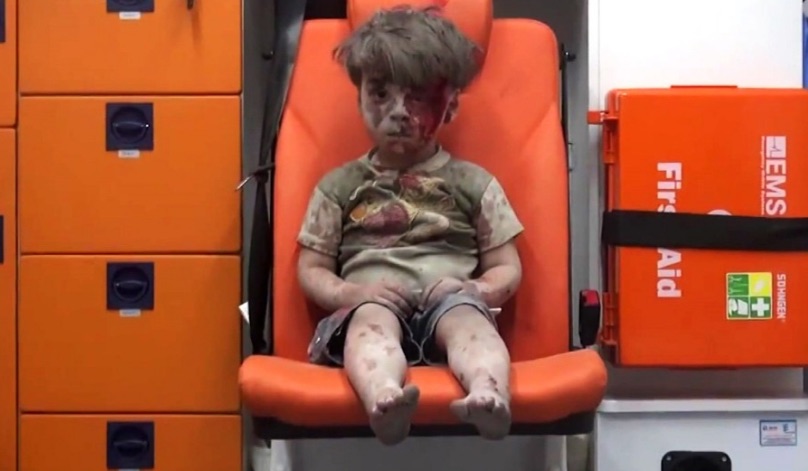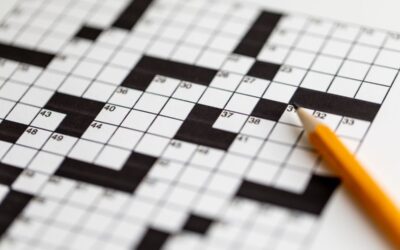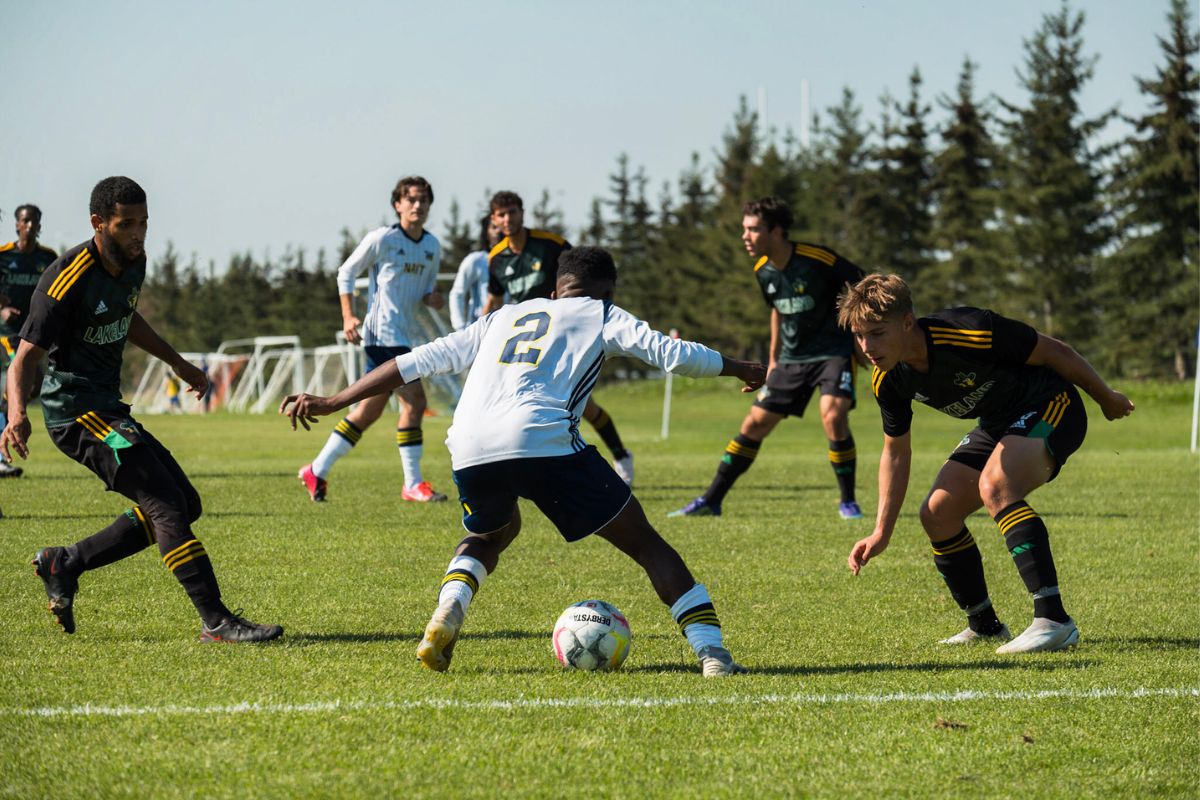A picture is worth a thousand words, right?
At the Nugget, I’m blessed with some pretty straight-forward editorial dilemmas but over the last year a subject regularly on my mind is the tug-of-war between publishing and using graphic or controversial images. I’m not talking about an “if it bleeds, it leads” approach to graphic crime photography but rather the images that have the power to shift public perception.
Nick Ut’s Pulitzer-winning image “The Terror of War” from 1972. Richard Drew’s “The Falling Man” from the 9/11 attacks in 2001. Nilüfer Demir’s photograph of drowned Syrian child Aylan Kurdi in 2015. Mahmoud Raslan’s photograph of five-year-old Omran Daqneesh sitting on the orange seat of an ambulance after being pulled from the rubble of an airstrike in Aleppo on August 17, 2016.
What do these images have in common? They make viewers really uncomfortable – for good reason – and caused a significant impact on the way the situation was perceived or provide an important historical archive.
A few weeks ago, Norwegian writer Tom Egeland wrote a post on Facebook about photographs that changed the history of war and included Nick Ut’s “The Terror of War” as one of his examples. The photograph was removed for violating Facebook’s nudity policy and his account was suspended.
Ut’s Pulitzer-prize winning image for The Associated Press depicts children, including a naked nine-year-old girl, running from a napalm bombing during the Vietnam War. The image, with its visceral capture of the subjects’ fear, is credited as being a factor in changing American attitudes towards the war.
After word of Facebook’s treatment of Egeland’s post spread, a Norwegian journalism association, other local newspapers and Norway’s Prime Minister Erna Solberg posted the image on Facebook in protest, receiving the same treatment. Facebook eventually relented after Solberg’s statement that Facebook was putting an unacceptable limit on freedom of speech and that they needed to recognize the difference between editing out child pornography and censoring history.
Facebook eventually relented, saying that they re-examined the application of their community standards, adding it recognized “the history and global importance of this image in documenting a particular moment in time.”
This week is the 15th anniversary of the attacks on the World Trade Center on Sept. 11. There are many images that came from that terrible day but I would guess that there are a handful that dominate your visual memory. One image is likely Associated Press photographer Richard Drew’s “Falling Man.”
The photo was first published in The New York Times. It would go on to be published in hundreds of papers world-wide. Most would never reprint the image. Tom Junod told the story of the image in a poignant piece for Esquire.
One of the most photographed and videotaped days in history, Junod states, the images of people jumping were the only images that “became, by consensus, taboo – the only images from which Americans were proud to avert their eyes.”
Junod wrote: “And it was, at last, the sight of the jumpers that provided the corrective to those who insisted on saying that what they were witnessing was ‘like a movie,’ for this was an ending as unimaginable as it was unbearable: Americans responding to the worst terrorist attack in the history of the world with acts of heroism, with acts of sacrifice, with acts of generosity, with acts of martyrdom, and, by terrible necessity, with one prolonged act of – if these words can be applied to mass murder – mass suicide.”
The images were increasingly censored out of the coverage of Sept. 11, “the desire to face the most disturbing aspects of [America’s] most disturbing day was somehow ascribed to voyeurism, as though the jumpers’ experience, instead of being central to the horror, was tangential to it, a sideshow best forgotten,” Junod said.
Photojournalists are tasked with the job of capturing history, with looking at very things we would prefer to look away from.
At first glance, many of the images I mentioned at the beginning of this editorial are less graphic and violent than the films or television we often choose to consume. However, they lack the abstraction that fiction provides; in each of these images, we are confronted by the real suffering of people. There is no happily ever after or “off button” on these stories.
While it can be an easier editorial decision to not pub-lish these images and avoid public outcry, taking the risk can be a powerful choice. The emotional reaction they can cause offer opportunity to inspire a movement and change. Years of photos of Syrian refugees made little impression on the world until The Wall Street Journal published Nilü-fer Demir’s photograph of Aylan Kurdi, causing a sudden shift in the migration debate and a surge in donations to humanitarian aid groups.
Is it easier to avoid looking directly at a problem? Of course. But these images show that the right image can be worth much more than a thousand words.
– Danielle S. Fuechtmann, Editor-in-Chief
Image from SheCanada





